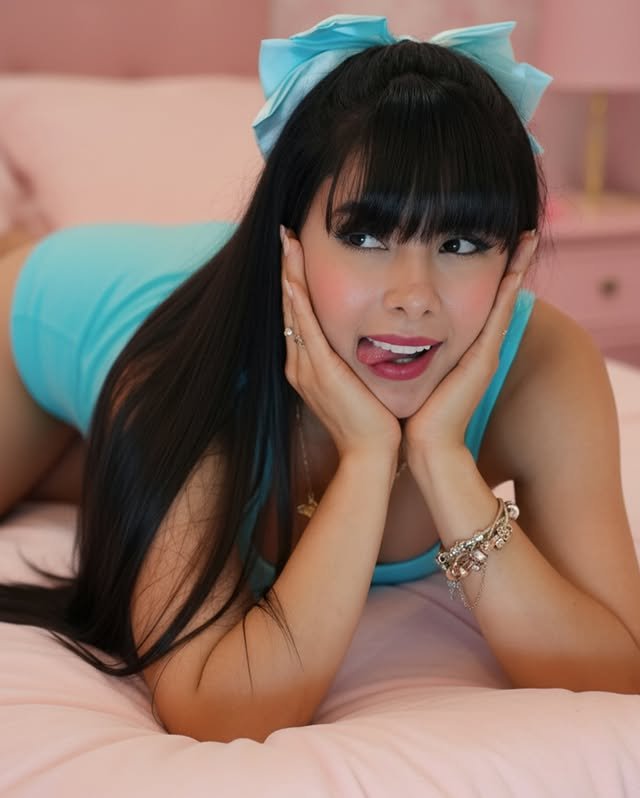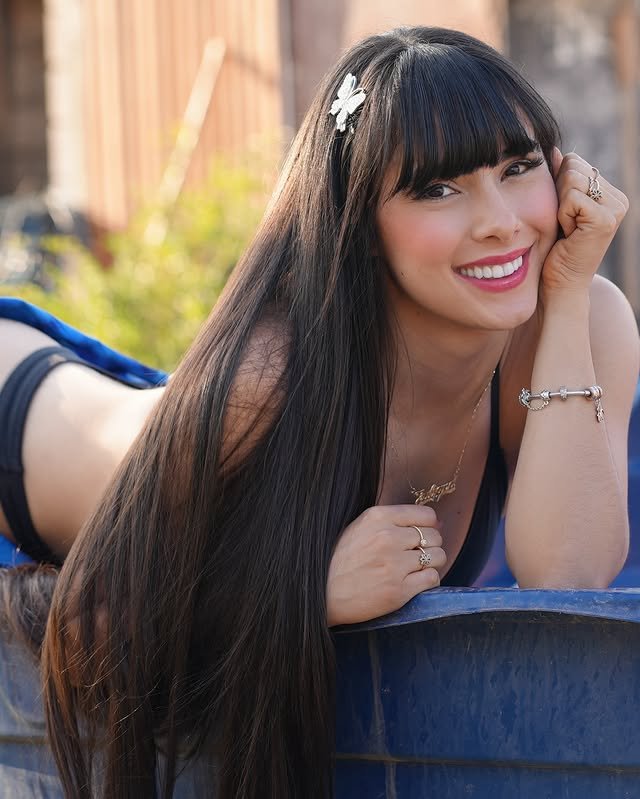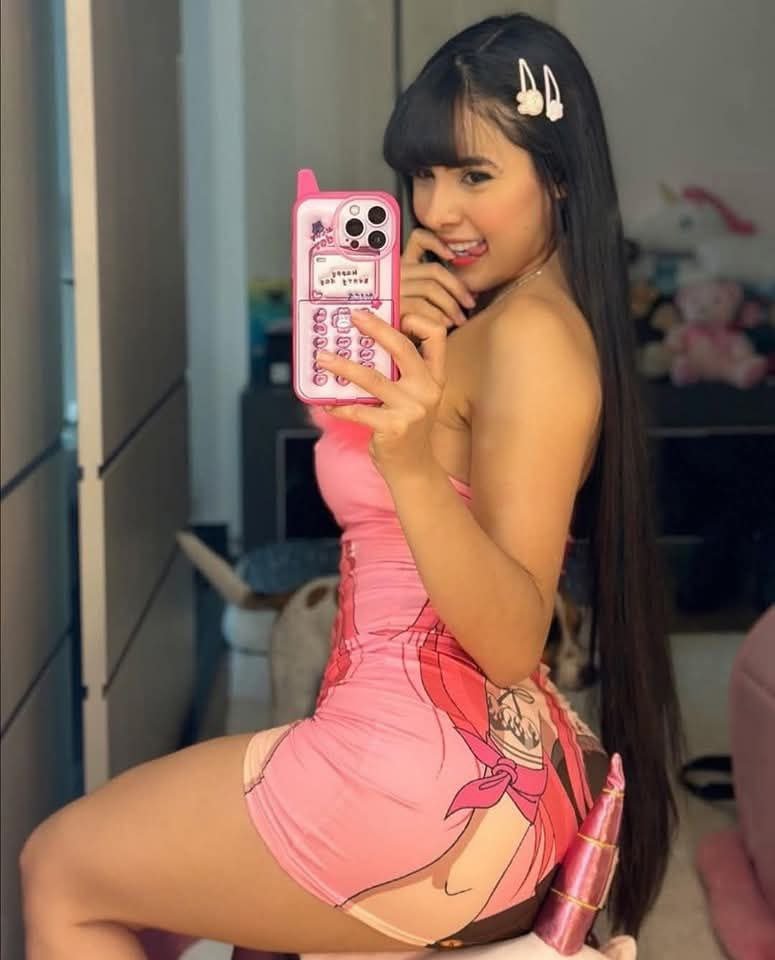In today’s creator economy, a person with a strong public profile is also running a small business — even if that person prefers to call it a “brand” or “career.” Models, influencers, singers and performers generate income from partnerships, appearances, content creation and merchandising; they rely on expensive equipment, travel, and teams to produce content; and they expose themselves and partners to reputation, legal and physical risks.
This article explains commercial insurance in practical terms for personal brands, using Brazilian model/performer Juliana Caetano (also known as Juliana Bonde, Instagram: @julianabonde) as a real-world example to make the concepts concrete. (Sources: Juliana’s IG profile and public press coverage.) (Instagram)

You’ll learn:
- What “commercial insurance” covers for individuals and small personal-brand businesses.
- The specific exposures models and public figures face.
- Recommended policies and real-world examples using Juliana’s activities.
- How to choose a broker, document assets, and prepare claims.
- Suggested images and captions to accompany this article.
1. Why personal brands need commercial insurance
Many people still think “commercial insurance” is only for shops, factories, or large companies. That’s outdated. If you earn money, rely on reputation, hire others, sign contracts, use rented locations, or store valuable gear — you have business exposures.
For models and performers, the business components include:
- Paid brand partnerships and sponsored posts.
- Live appearances, shows and events.
- Team members (photographers, stylists, makeup artists).
- Valuable equipment and wardrobe.
- Online audiences and monetized platforms.
Consider Juliana Caetano: she performs, records content, appears in events and collaborates with brands. Those activities create tangible risks — injury on set, theft of equipment, copyright disputes over music or images, hacked Instagram accounts, or contractual claims from brand partners if a campaign goes sideways. Public coverage of incidents involving public figures also shows how reputational issues can quickly escalate. (Instagram)
Business case: insurance protects cashflow, reputation, and relationships. It also signals professionalism to potential brand partners who often ask talent for proof of insurance before contracting.
2. Core types of commercial insurance relevant to models & personal brands
Below are the main policies that apply to models like Juliana (and to most creators):
General Liability Insurance (GL)
Protects against third-party claims for bodily injury or property damage arising from your business activities. Example: a visitor to a photoshoot trips over a lighting stand and injures themselves. GL pays medical/legal costs and settlements.
Why it matters: shoots often involve external people and public locations — GL is foundational.
Professional Liability / Errors & Omissions (E&O)
Covers claims alleging negligence, poor performance, or failure to deliver promised services. Example: a brand claims you didn’t follow campaign guidelines, causing reputational or financial harm.
Why it matters: many influencers deliver creative services or consultancy; E&O protects your professional promises.
Equipment / Inland Marine Insurance
Covers cameras, lights, laptops, props and wardrobe — whether onsite, in transit, or at a studio. Policies often include transit and theft coverage.
Why it matters: replacing professional camera gear or a wardrobe set can cost thousands; coverage preserves cashflow after a loss.
Cyber Liability & Social Media Account Recovery
Covers data breaches, hacking, ransom/extortion, loss of income due to account takeover, and sometimes the cost of restoring access to social accounts.
Why it matters: losing access to a monetized Instagram account or having private photos leaked can cause direct financial loss and reputational damage. Given the importance of platforms like Instagram to Juliana’s career, cyber cover is highly relevant. (Instagram)

Event Cancellation / Non-Appearance Insurance
Covers costs and lost income if an event, appearance, or shoot is canceled for covered reasons (natural disaster, illness, travel issues).
Why it matters: last-minute cancellations mean lost fees, travel costs and logistical expenses.
Media Liability / Intellectual Property (IP) Insurance
Protects against claims of copyright/trademark infringement, slander, libel or invasion of privacy arising from the content you publish.
Why it matters: reposting or incorporating third-party images, music, or copying campaign elements can trigger legal claims.
Employers’ Liability & Workers’ Compensation (if you hire staff)
If you hire assistants or contractors, local law may require cover for work-related injuries. Even when not required, contract work frequently expects a basic protection level.
3. Real-world risks models face — illustrated using Juliana Caetano
Let’s walk through typical scenarios and how insurance helps. These are anonymized examples inspired by the typical activities of public figures like Juliana. (Public reports and her social presence show she performs and appears in media and events.) (Instagram)
Scenario A — On-set accident
A photographer’s lighting rig falls during a beach shoot and injures a crew member. Medical costs and pain-and-suffering claims follow.
- Solution: General Liability covers third-party bodily injury; if the injured person is an employee or contractor in some jurisdictions, employers’ liability or workers’ compensation may also apply.
Scenario B — Equipment theft
After a successful shoot, a camera bag with a top-tier body and lenses is stolen from a car.
- Solution: Equipment insurance reimburses the cost (subject to deductible). If items were stored in a rental car overnight against policy terms, coverage may be denied — hence the importance of understanding policy exclusions.
Scenario C — Account hack & extortion
A hacked Instagram account threatens to publish private images unless a ransom is paid; meanwhile, monetized content can’t be published while the account is inaccessible.
- Solution: Cyber/social media account coverage can pay for incident response (technical remediation), crisis PR and in some policies the ransom or extortion payments (subject to legal and policy constraints). It may also cover business interruption losses.
Scenario D — Brand dispute
A sponsor claims a model’s post used an unapproved caption and alleges the campaign’s KPIs fell short, seeking compensation.
- Solution: E&O and Media Liability may defend against such claims or settle disputes. Proper contracts combined with insurance significantly reduce exposure.
Scenario E — Reputational crisis
A private recording surfaces, prompting adverse media attention and lost partnerships.
- Solution: Crisis management support is often part of specialized reputation insurance packages (or add-ons), covering PR costs and legal fees.
4. How to choose the right coverage (practical checklist)
Take a pragmatic, staged approach — many creators start with a few essentials and expand coverage as revenue and exposures grow.
Step 1 — Inventory exposures
- List revenue streams (sponsored posts, appearances, product lines).
- List assets (camera gear, phones, wardrobe, studio rental).
- List team members and contractors.
- Document typical shoot locations (public beaches, private studios, rented venues).
Step 2 — Prioritize cover
Start with:
- General Liability
- Equipment insurance
- Cyber/social media cover
- E&O / Media liability
Add event cancellation and reputation management as needed.
Step 3 — Work with a specialist broker
Look for an insurer/broker who understands modern creator risks. Ask:
- Do you cover social media account hacking and restoration?
- Are influencer contracts, product giveaways and affiliate income considered?
- What are common exclusions?
Tip: Ask for sample policy wordings and for claims examples so you know how the insurer responds in practice.

Step 4 — Contractual requirements
When signing brand deals:
- Negotiate limits, indemnities and who bears insurance costs.
- Ask if the brand requires evidence of insurance (many do). Carry a certificate of insurance (COI).
- Have clear indemnity clauses and make sure your insurance aligns with contractual obligations.
Step 5 — Keep records and proof of ownership
Receipts, serial numbers, cloud backups, detailed shoot logs and contracts accelerate claim settlement.
5. How much does it cost? (expected ranges and factors)
Costs vary widely depending on geography, revenue, assets, and policy limits. Factors affecting premiums:
- Annual revenue from brand deals/appearances.
- Value and amount of equipment insured.
- Claims history.
- Locations and frequency of live events.
- Whether you hire staff.
Rough ballpark (illustrative only; actual costs vary):
- Basic General Liability for a small creator: a few hundred to a couple thousand USD per year.
- Equipment insurance: premiums are usually a percentage of the insured value (e.g., 2–6% annually).
- Cyber/social media coverage: depends on limits and services included; could be several hundred to thousands per year.
- Higher limits and specialized endorsements (IP, reputation management) increase cost.
Important: Because pricing and legal requirements differ between countries — and because platforms and risks evolve quickly — get local quotes from brokers experienced with influencers and talent.
6. Frequently asked insurance questions for models & creators
Q: My Instagram is my business. Can insurance cover account loss?
A: Yes — cyber/social media account coverage or social media liability packages exist that help with account recovery, incident response and sometimes business interruption losses. Confirm the policy scope before buying. (Instagram)
Q: Do I need both general liability and E&O?
A: Usually yes. GL covers physical injury/property damage claims, while E&O covers alleged mistakes in services or deliverables (e.g., a campaign not meeting agreed standards).
Q: If I’m hired by a brand, whose insurance covers a shoot accident?
A: Contracts matter. Often the brand requires the talent to have their own insurance and also maintains its own event insurance. Clarify responsibilities in writing and provide COIs.
Q: Does influencer/creator insurance cover defamation claims?
A: Media liability or media errors & omissions typically cover defamatory content claims. These policies vary widely; review limits and defense coverage.
7. Insurance-friendly best practices (reducing risk & premiums)
Carrying the right insurance is necessary — but risk reduction can lower premiums and improve outcomes.
- Use contracts: Clear scopes, approval processes, and indemnities reduce disputes.
- Hire vetted vendors: Use licensed makeup artists, riggers and locations with their own insurance.
- Safety first: Have set safety protocols on shoots (rig inspections, first-aid kits, COVID/health rules if applicable).
- Backup plan for digital assets: Cloud backups, secure password managers, two-factor authentication for social accounts.
- Documentation: Keep receipts, serial numbers, contracts and shoot logs.
- Crisis plan: Have an emergency PR contact & legal counsel on retainer or identified before trouble hits.
8. Case study (illustrative, inspired by public activities)
Profile: Juliana Caetano — singer/model who posts frequently on Instagram, appears at live shows and takes part in brand-sponsored shoots. Public coverage shows she’s active in performances and online engagement. (Songstats)
Potential insurance program design:
- General Liability limit: $1M per occurrence / $2M aggregate.
- Equipment Insurance: Insured value equal to current replacement cost of cameras, lenses, lighting and key wardrobe items.
- Cyber & Social Media Insurance: Account recovery + incident response + small business interruption cover.
- Media Liability: $1M limit to defend or settle IP and defamation claims.
- Event Cancellation: Per-event limit to cover travel and lost fee.
Why this mix?
- Protects physical exposures (visitors/injuries), tangible assets (gear), digital exposures (account security), and legal/media exposures (campaign disputes or claims about content).

9. How to present insurance to brands and partners
Having insurance makes you more attractive as a partner. When negotiating deals:
- Provide a clean Certificate of Insurance showing GL limits and any professional liability.
- Offer to name the brand as an “additional insured” for the specific event or campaign (if requested).
- Explain your crisis response plan and confirm you have cyber protection for your accounts.
Brands prefer partners who reduce friction and legal risk — insurance is a signal of maturity.
10. Suggested images and captions for this article
Below are image ideas you can use. I’ve suggested photos of Juliana Caetano (public images from her IG and press). If you publish any image, ensure you have the right to use it (license, permission from the rights holder, or use images from her official public profile with permission if required). The carousel at the top includes four public images found online; consider contacting the account owner/photographer to license the exact image.
- Hero image (portrait / lifestyle)
- Suggested photo: Juliana smiling in a casual outfit (high-resolution portrait).
- Caption: “Juliana Caetano (@julianabonde) — modern personal brands mix performance, content and commerce; protecting that business requires thoughtful insurance.”
- On-set shot (photoshoot with crew and lighting)
- Suggested photo: Backstage/onsite shot with crew and lighting visible.
- Caption: “Photoshoots involve people, equipment and locations — exposures that commercial insurance addresses.”
- Equipment detail (cameras and gear)
- Suggested photo: Camera and lenses laid out on a table.
- Caption: “Professional gear is expensive; equipment insurance helps ensure a single theft or accident won’t stop production.”
- Social media / phone screen image
- Suggested photo: A smartphone displaying an Instagram grid (use a mock or licensed stock image to avoid publishing a private account screenshot).
- Caption: “Cyber and social media insurance can help recover hacked or compromised accounts quickly.”
Note on rights: Many images on the web are copyrighted. Even if an image appears on an Instagram account, using it on a commercial website may require permission beyond simply linking. Always request permission or a license from the account owner or the photographer before embedding images — or use licensed stock images or photos the talent provides for publication. (Instagram)
11. How to buy insurance — step by step
- Gather documents: revenue history, equipment inventory with values/serial numbers, recent contracts, list of regular locations and frequency of events.
- Find a specialist broker: look for “talent insurance,” “entertainment insurance,” or brokers who list influencer/model programs.
- Request proposals: ask for policy wordings, limits, deductibles and sample exclusions.
- Compare claims service: read reviews or ask for references — claims handling matters more than price.
- Purchase & get COIs: keep digital and printed copies, and know how to add additional insureds.
- Review annually: update limits and inventory as revenue, geography or exposure changes.

12. Final thoughts — protect what you’ve built
If you manage a public profile, you’re running a business. Whether you’re a model like Juliana Caetano or a creator just starting, commercial insurance is an investment in continuity and reputation. A sensible insurance program — paired with good contracts, documented processes and basic cyber hygiene — reduces the odds that a single accident or dispute will derail your career.
If you’d like, I can:
- Draft an email template you can send to brokers asking for quotes tailored to models/influencers.
- Create a downloadable equipment inventory spreadsheet you can use to document serial numbers and purchase dates.
- Produce a shorter, SEO-optimized version of this article with meta description, suggested keywords and H1/H2 markup for your website.
Which of those would help most right now?